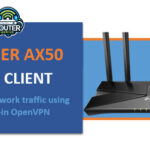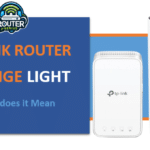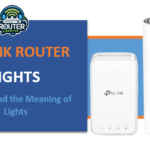Because of the increasing geometric progression of the world over the internet, and because of their privacy measures Virtual Private Networks or VPNs have become very popular over the year. VPN establishes connection between the two points archer ax50 vpn client through internet and gives the user a safe access to another network. This helps protect identity such as online … [Read more...] about Archer ax50 vpn client (Encrypt traffic using a built-in OpenVPN)
TP-Link
TP_Link Router Red Light: Issues & Solutions
Introduction: Many people use wireless routers at home to access the internet. One popular brand is Tp-link. However, sometimes the power light on a Tp_link router is red light instead of white. When this happens, it usually means there is a problem. This article discusses what a TP_Link Router Red Light could mean and tips to fix common issues. What Does a Red Light … [Read more...] about TP_Link Router Red Light: Issues & Solutions
TP_Link Router Orange Light: What Does It Mean?
The orange light on a TP_Link router can indicate different statuses. Understanding what each tp_link router orange light means can help you troubleshoot issues and optimize your WiFi network. This article explains the main tp_link router orange light indicators and how to resolve common problems. Introduction: TP-Link is a popular brand that manufactures home and office … [Read more...] about TP_Link Router Orange Light: What Does It Mean?
Tp-link Router Lights: Understand the Meaning of Lights
Introduction: TP-Link routers keep homes connected with reliable WiFi. Small LED lights make it easy to monitor a network's status at a glance. The lights behave in certain predictable ways you understand everything is well. Unexpected flashing unlit lights can signal potential troubles needing attention. This guide will cover all indicator lights found on Tp-link router … [Read more...] about Tp-link Router Lights: Understand the Meaning of Lights




